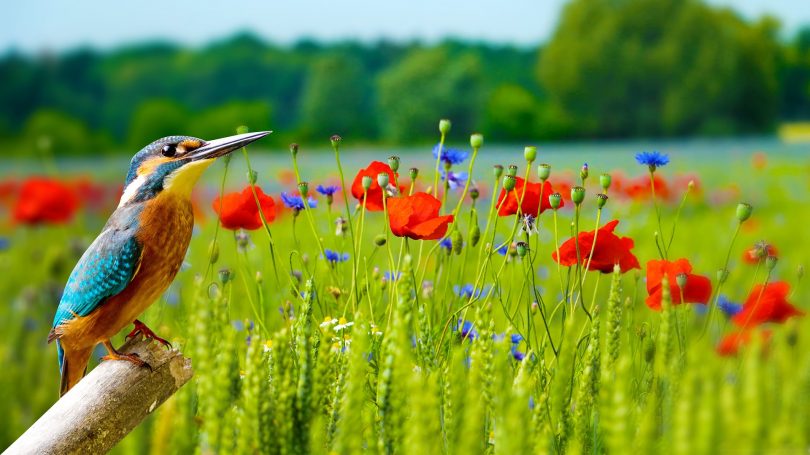Human beings once cultivated food and crops to the rhythm of nature. Agriculture intertwined with spirituality. We nourished the land and the land nourished us.
Then profits became all important—more important than life itself. Humans saw nature as a means to an end and blindly hacked their way to explosive yields. While industrial agriculture enabled massive production, it has also destroyed one-third of the planet’s fertile soil in the last 40 years. Soil is eroding 100 times faster than it forms.
The United Nations notes that this style of agriculture “produces greenhouse gas emission, pollutes air and water, and destroys wildlife.” Environmental damage amounts to about $3 trillion a year. We are killing the land that supports us. Regenerative farming stands as the solution.
Regenerative farming recovers the symbiotic relationship between farmer and land. The regenerative farmer builds systems that actively restore the soil and local ecosystem. This goes beyond organic farming with its avoidance of pesticides; as cannabis farmer Karla Avila recently explained, regenerative farms “build ecological farm organisms composed of biodiverse, closed-loop systems of fertility that thrive within and remain interconnected with the larger natural ecosystem which surrounds it.”
The environmental benefits of regenerative farming include sequestering carbon in soil, which helps to remove excess levels from the atmosphere while improving its productivity. It also restores soil health and biodiversity, providing long-term fertility and integrated pest management while averting the typical indiscriminate dumping of agrochemicals. These systems are not simply mitigating damage; they are helping to reverse climate change and support our planet. Regenerative farms also boost the well-being of individuals and communities with optimum yields and profits.
Because such farms create a holistic picture—soil, plants, animals, and people—there is no one size fits all approach. No-till practices, permaculture, and biodynamics are common. Permaculture centers on land management strategies that embrace the synergy and resilience found in successful natural ecosystems. Biodynamics recognizes the spirit in nature and treats the farm as a living organism.
Regenerative farming adapts to unique regions:
- In California, Flowerdaze Farm integrates animal systems, cover crops, companion plants, and hügelkultur beds, among other techniques. Hügelkultur beds are raised planting beds that conserve water and help build soil. One of the more fascinating techniques at Flowerdaze involves burying a manure-filled cow horn to create fertilizer.
- In Southern Oregon, Green Source Gardens emphasizes permaculture as well as “indigenous agriculture” and other techniques. The farm depends on undisturbed soil, diverse plant species, and functioning ecosystems that naturally drive away pests. A mountain spring provides water, which is the only sprayed application.
- Maine is home to Ancient Green Farm and Apothecary, a vertically integrated regenerative cannabis farm that produces extracts with subcritical carbon dioxide (CO2) extraction. They use hügelkultur beds and low-till practices. A bear-sized dog, Timber, serves as chief of security for plants and livestock.
- Hemp Fields Farm in Colorado is an “eco-conscious, near-zero-energy environment” relying on permaculture. They are also a vertical company and use supercritical CO2 extraction to create products.
Regenerative farming will hopefully soar into the mainstream of agriculture. In the meantime, cannabis aficionados should know that regeneratively farmed cannabis is truly terroir. It captures the personality of the land.
Today, mass capitalization threatens the spirit of cannabis culture. Regenerative farming stands with the soul of the plant—and the planet.
Image: Satya Tiwari from Pixabay








